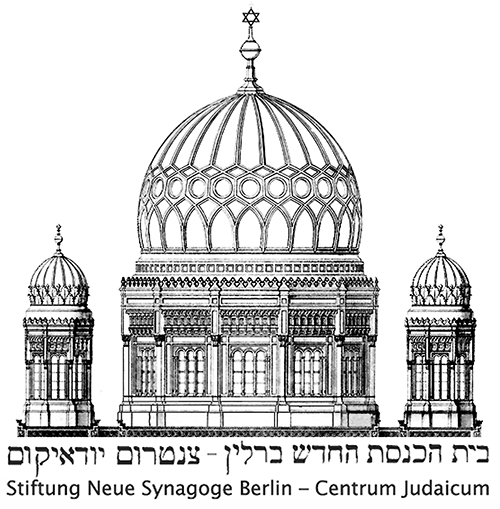Guido Nosari
4 January – 1 April 2015

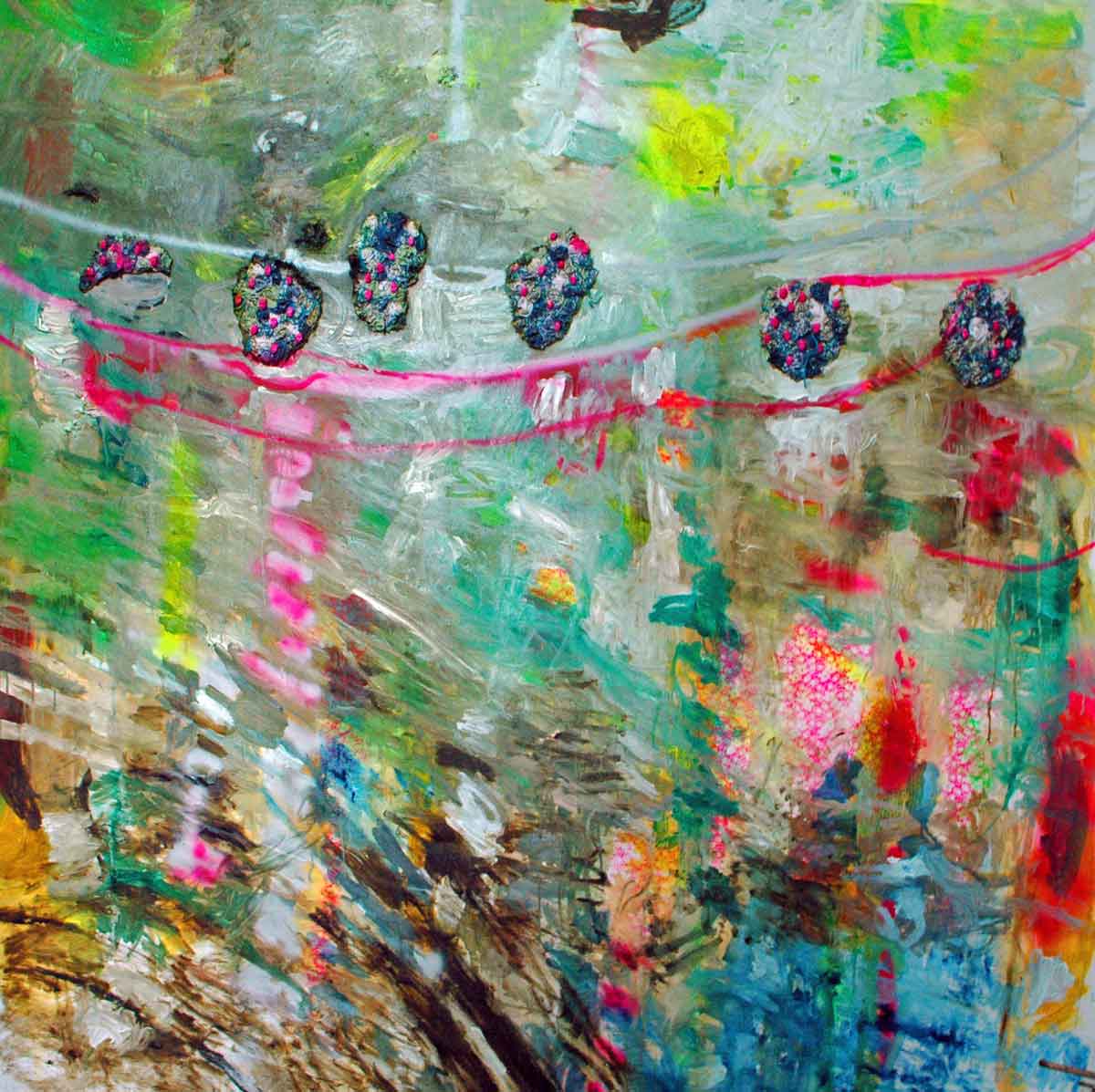
Guido Nosari (MADRE) (b. 1984, Bergamo) is a Berlin/Milan-based artist mainly working with textile. Originally a painter and draughtsman, after receiving his degree in Fine Arts from Brera Art Academy in 2010, his artistic production underwent a two-year long period of intermission. This was broken in 2012, when he resumed his practice by sewing fabrics and weaving threads onto his canvasses. For Nosari, the act of sewing manifests an enclosing and trapping of temporalities within the non-navigable chaos of unmediated time. This process holds a ritual quality that allows him to approach the otherwise inaccessible zones of his thought. Nosari has had various solo-exhibitions in galleries including Maria Cilena (2014-15) and Casa Testori (2011) and his work has been acquired by various museum and private collections in Italy. He has been selected for the 2015 Berlin Textile Biennale and is currently pursuing an Artist Residency at MOMENTUM, Berlin, in which he researches the implications of decontextualizing his practice.
The idea that we all share an emptiness that I do not know, unnerves me. My research is focused on following this absence that escapes me every time I try to grasp it. To understand how much is common amongst human beings. In sewing I feel safe, because it creates a space and a time that is determinate. A way to follow. My thoughts are wrapped and tied, close to my dead.
The chaos grinds silences.
– Guido Nosari
A TALLIT FOR THE NEUE SYNAGOGE
Hence, in this project I will attend a place where prayers of different worship have joined each other.
For all the shadows in the memories of the Centrum Judaicum.
Everything starts in the dome of the New Synagogue. The city is nothing but a grid, if we look at it from above, and from the dome we have this privilege. The dome is a central point within this grid – a grid of meanings. With this project, the floor of the dome of the Neue Synagoge becomes the place where these meanings become interwoven and are made visible.
The first phase is to identify exactly where in the space of the dome’s floor the cardinal points are located. Through this gesture, I map the urban grid on the floor of the dome.

Subsequently, all places of different worship within the region of Berlin will be located, be they Catholic, Protestant, Islam, Hindu, or Jewish. By identifying them on the map of Berlin, I will position them relative to the dome,
with points along the circumference of the floor. The floor thereby becomes a central point on which all connections between different religious traditions meet.
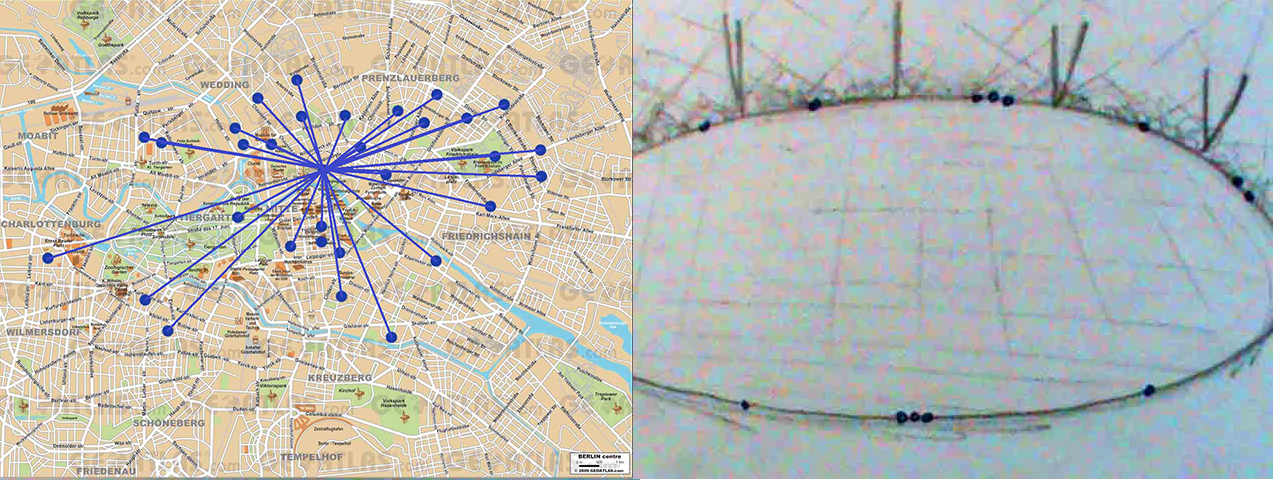
In the second phase, each point that allows me to look in the direction of each differents space of worship will be connected to all other points along the circumference through the technique of thread crochet. The choice for this technique is essential to produce the idea of slowness and handmade work, but also of resistance. A good dialoge requires all of the above.
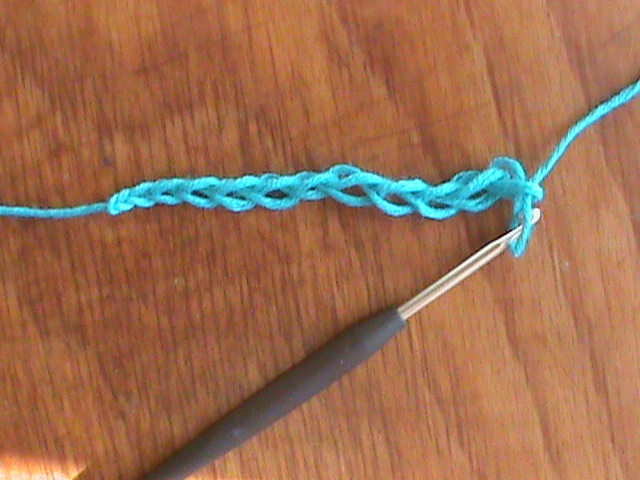
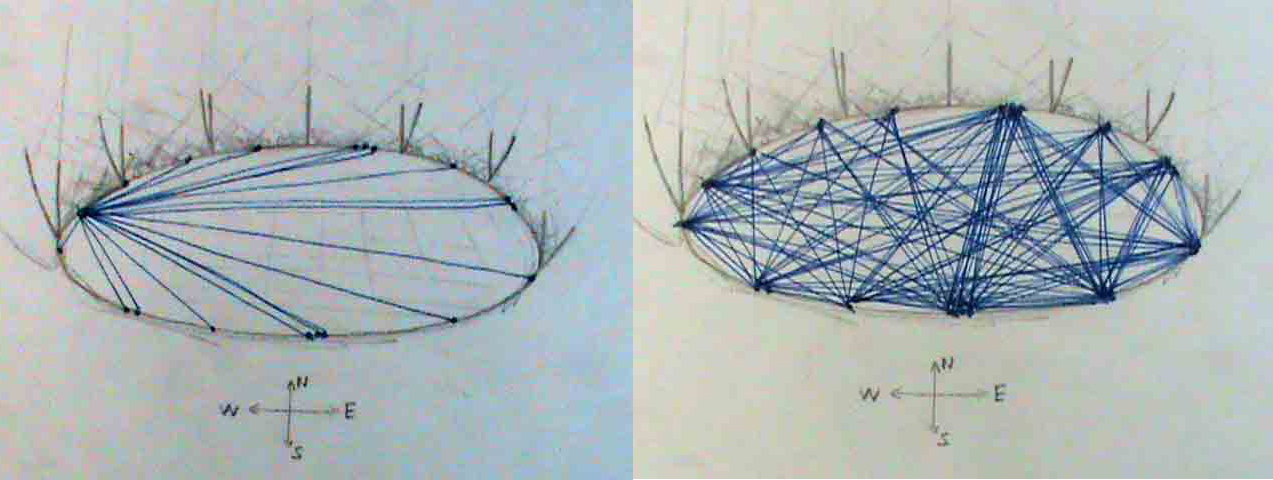
This process will result in a real skeleton of spatial relationships between all places of worship in Berlin. This skeleton is made with blue thread, respecting the Jewish tradition by recovering the idea of the blue that is present in tzitzit (the knotted thread that is attached to the tallit), which allows one to connect between all of the points on the earth and God. To finalize this phase, all of the threads will be sewn together, to be fixed within the grid.

In the third phase, each space that remains open between the structure of the crochet skeleton will be covered with a different fabric. This will result in a unique and fully colored tapestry covering the full area of the floor of the dome.
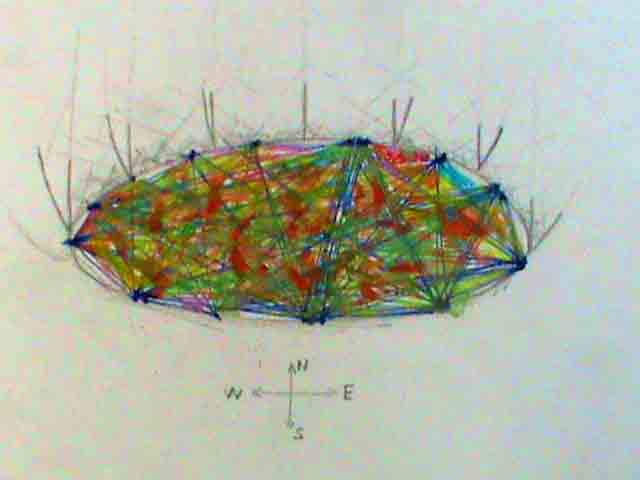
By combining all of the threads with different fabrics, I create a single mantle that makes all of the experiences and memories covered by the great Tallit symbollically connected with God and all other traditions. Each fabric is different, in the same way that everyone has a story, each of which is part of the dialogue. By doing so, I respect every single story in initiating a new opportunity of dialoge.
During this process, all of the architectural discontinuities along the floor (such as staircases, tubery, columns, etc.) will be respected by circumventing them, thereby marking the actual topography that is integral to the dome. In this way, the piece will be made into the Neue Synagoge, as a site-specific work.
Once completed and having covered the entire floor, the dome of the Neue Synagogue will have become a space of possibility for dialogue, to create mutual understanding and to share the history of the Centrum Judaicum . It is for this dialogue that we work and for the same that I pray.
During this project, it is my intention to continue with two peculiarities: the first is to record the working-process while it is being executed, to result in a final video that shows the progress of its composition. The video will record only the floor of the dome. The second will be to welcome anyone who wants to attend as I work, to engage in dialogue and to explain its reasons and meanings.
Some examples of how the tapestry will look like, from my previous work:
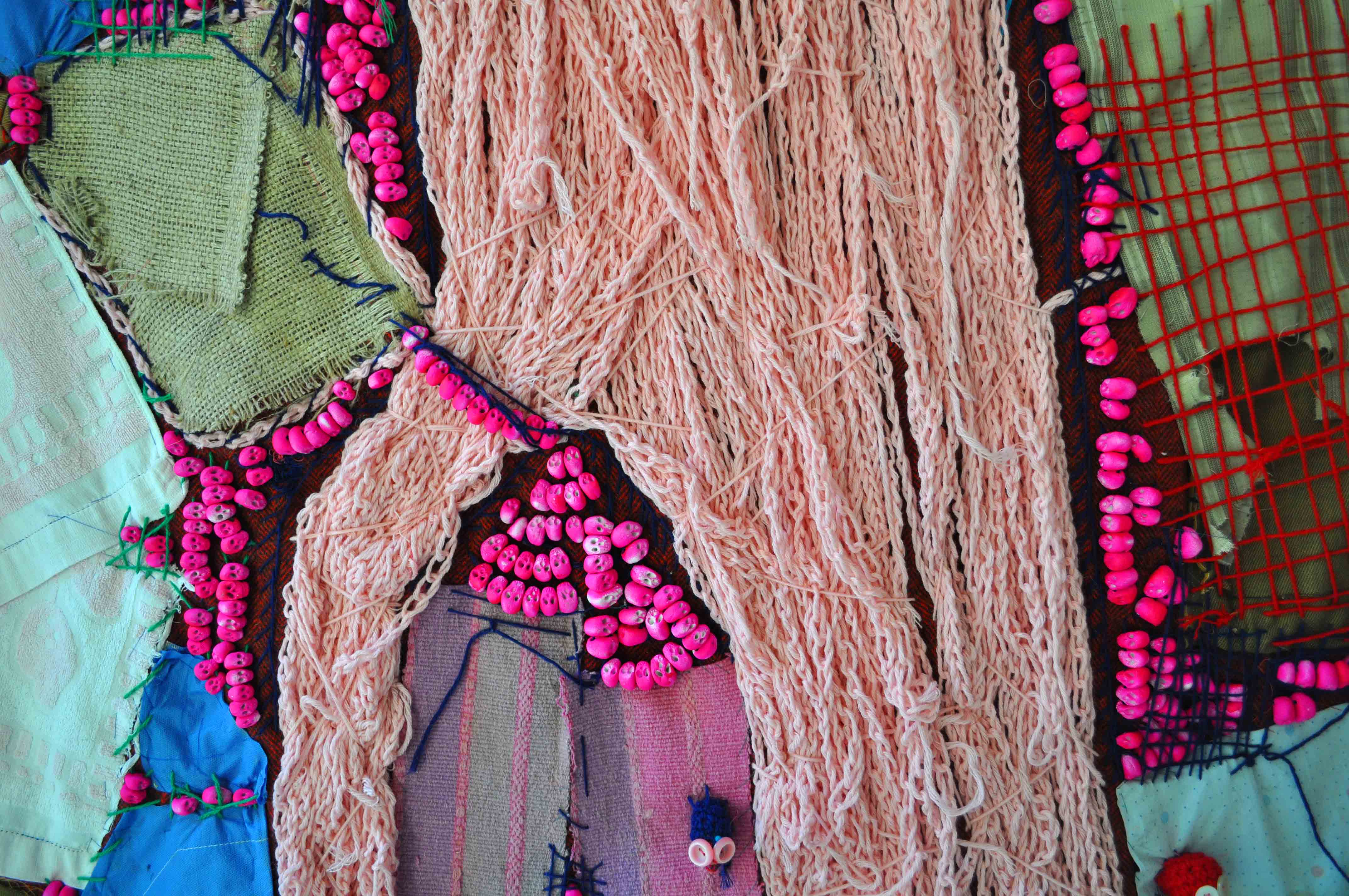
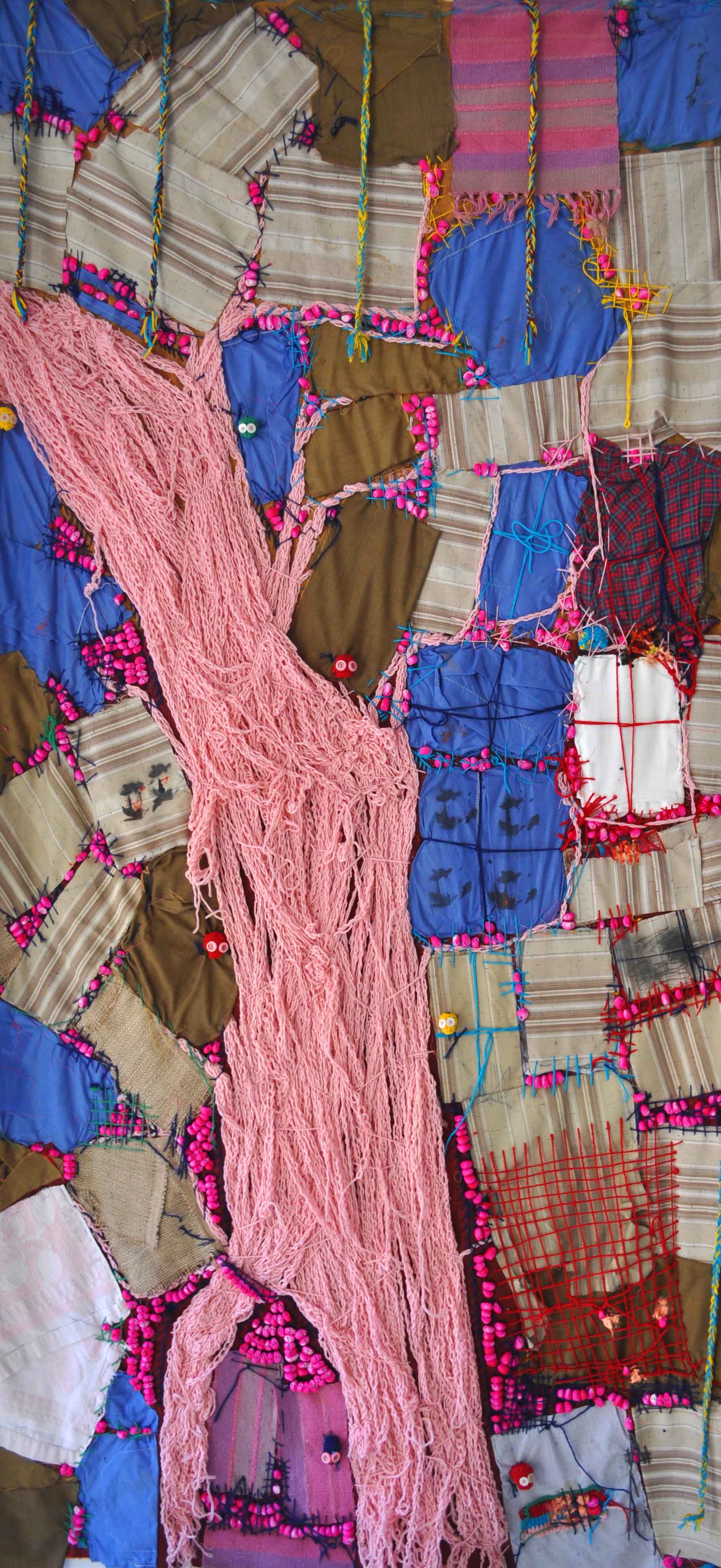
In the fourth and final phase, the tapestry will be removed from the dome and relocated into various exhibition spaces.
This has three basic layers of meaning: the first is that anyone who encounters the piece in different contexts remembers that there has been a place where dialogue has been possible, and that this place is there, before the eyes of the visitor, as incontrovertible proof.
Secondly, it manifests that any place can be elected as a place of dialogue. This project only exposes that potential. In fact, every place is inevitably a crossing point of meanings, because the space of man is first and foremost a space of meaning. Finally, it is a reflection on man’s tendency to cover space with significance. The meanings that man gives to that which surrounds him are like a cloak that covers everything, multiplying in various layers of space. Only by exhibiting the work in different contexts is it possible to make visible this omnivorous potential of significance.


 Back to Index
Back to Index